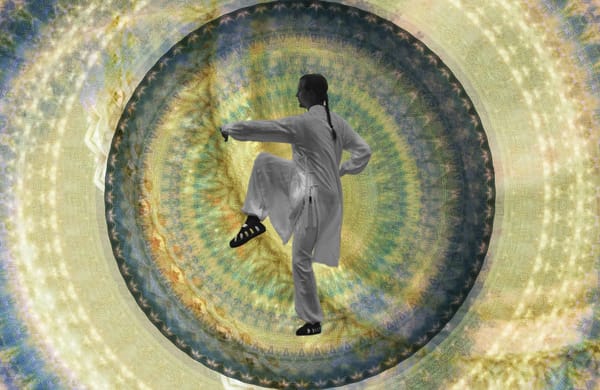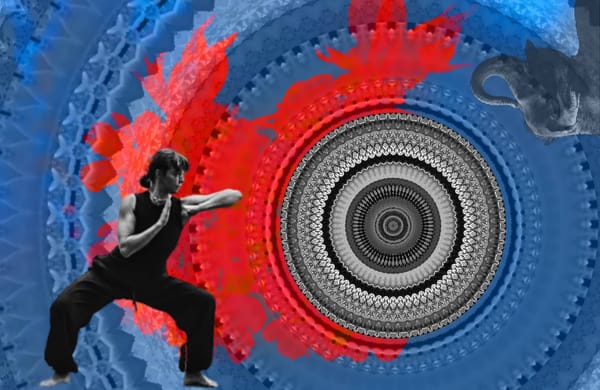What is Qigong?
It is important to understand the effects of Qigong on the body and mind. Choosing the right Qigong routines and exercises for you based on your situation or goals is equally significant.
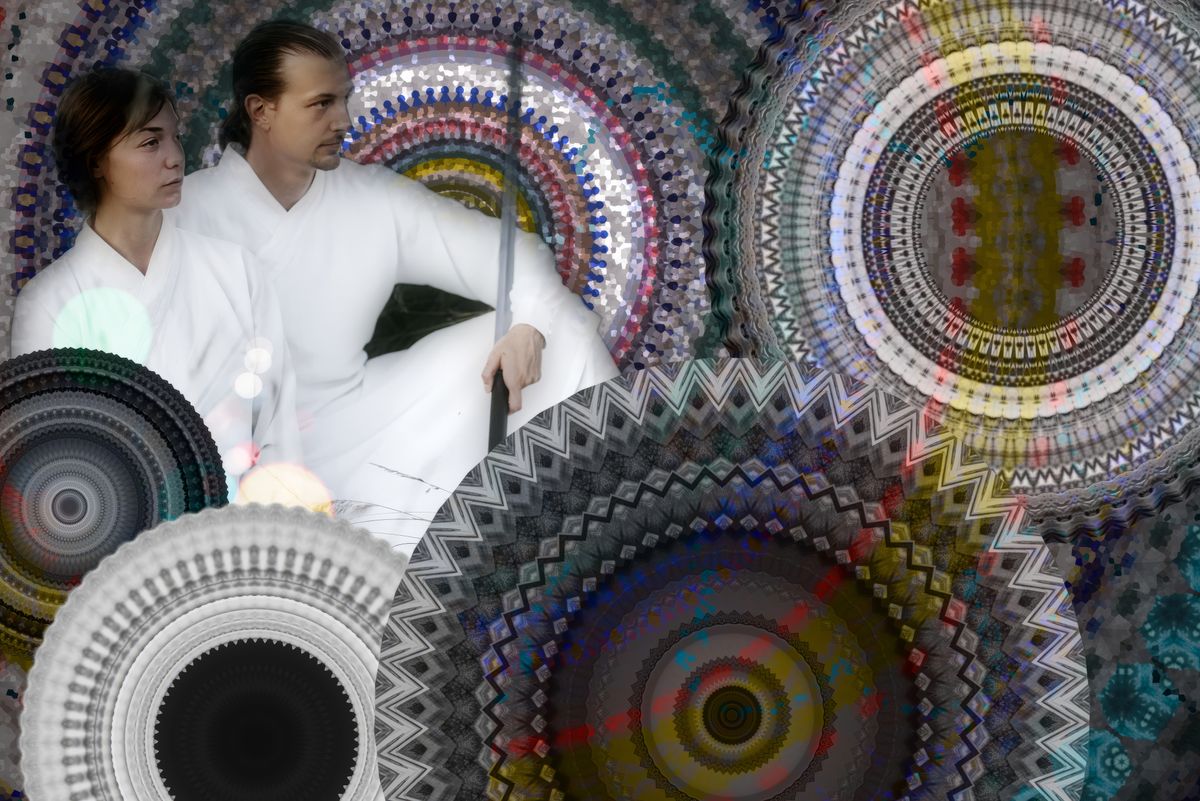
And why to practise it
Qigong is an intentional practice with efficient stimulation on a physical and energy level. It translates roughly as “Power Breathing Exercise”. It is important to understand the effects of Qigong on the body and mind. Choosing the right Qigong routines and exercises for you based on your situation or goals is equally significant.
The Physical Body
The first thing to do is to understand the components that form the body's structure: fascia, muscles, ligaments, and skeleton.
- 🕸️ Fascia: This connective tissue forms a web-like network throughout the body, providing support and helping to transmit forces between different parts.
- 💪 Muscles: These contractile tissues enable movement and play a vital role in maintaining posture, generating strength, and facilitating bodily functions.
- ➰ Tendons: Connecting muscles to bones, tendons are responsible for transmitting the force generated by muscle contractions, allowing movement and stability.
- 🦴 Bones: The structural framework of the body, bones provide support, protection for organs, and serve as attachment points for muscles and tendons, aiding in movement and maintaining shape.
How to practice Fascia and Muscles
The fascia and muscles are trained in static positions to foster fascia flexibility and durability in muscle fibres. The practice of Wuxing Qigong is imperative for this goal.
Results of the practice:
Viscous and adhesive fascia can result in discomfort, especially in the back or shoulder areas. Over time, the practice of Wuxing Qigong gradually transforms the fascia into a slender and pliable state that facilitates seamless bodily motion. Muscles often have a compact and short-stringed structure, which makes them use more oxygen. By engaging in systematic Wuxing Qigong training, these muscular structures undergo elongation, thereby enhancing their efficiency. Such elongation not only enhances daily activities but also reduces the body's oxygen demand, subsequently mitigating physical strain.
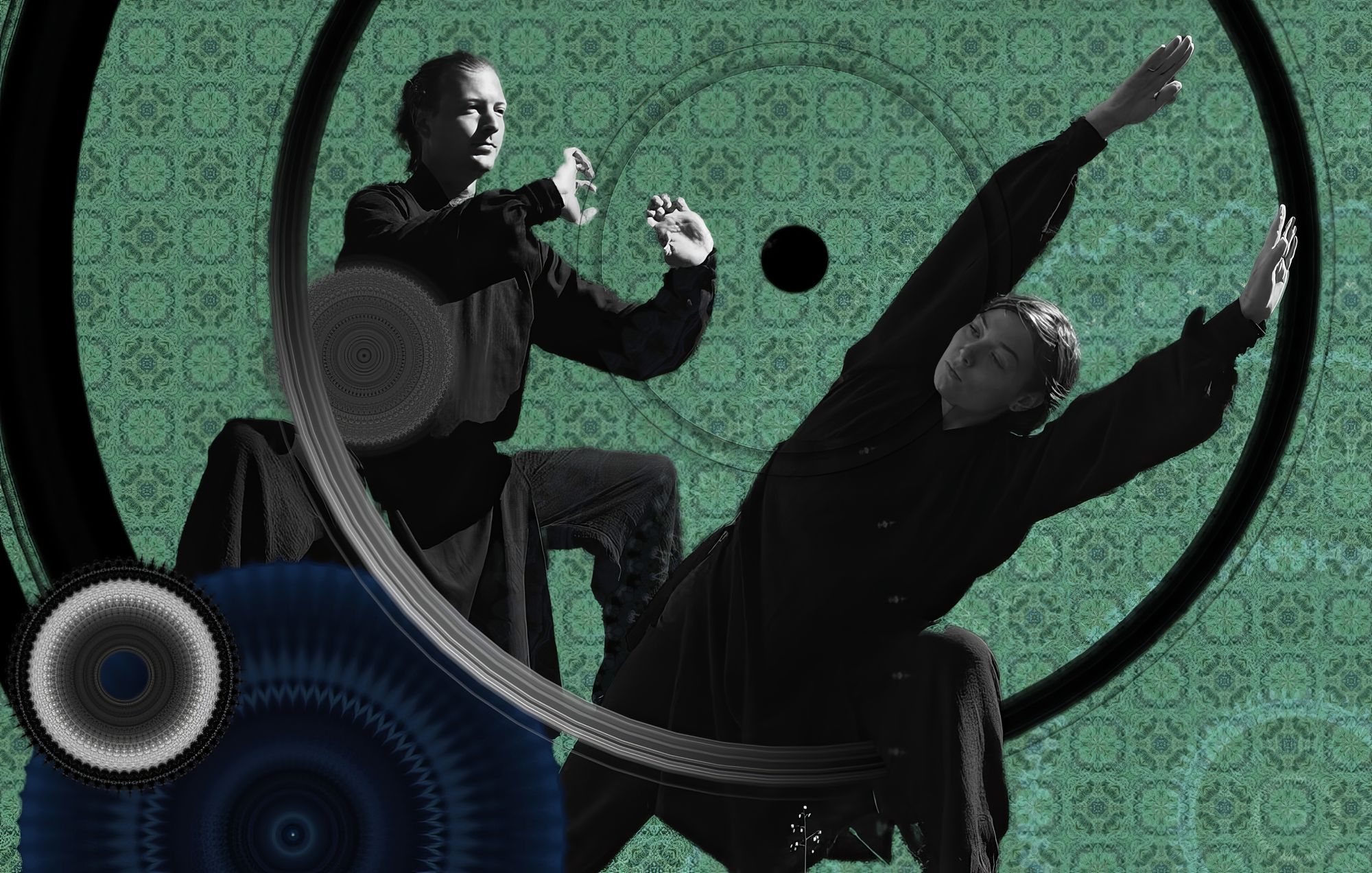
How to practice Tendons and Bones
Tendons and bones function in a mutually beneficial manner. Although it is possible to increase bone density, it is equally crucial to ensure correct bone alignment. The presence of supple tendons plays a significant role in this corrective process, as they facilitate a more effortless bone alignment and reduce the susceptibility to misalignment. This is where the Baduanjin Qigong practice comes in, effectively stretching tendons and rectifying body alignment utilizing our intrinsic bodily strength. In the majority of exercises, two directional tensions are employed externally, consisting of a primary intentional tension and a counteracting force that stabilizes our Dantian, or gravitational centre in mechanical terminology.
Results of the practice:
Getting your bones in the right place reduces the stress on your body and makes your nervous system relax. It also enhances the “Shen”, a concept loosely equated with Spirit. This outcome contributes to the establishment of a harmonious connection between the physical body, the soul, and the mind.
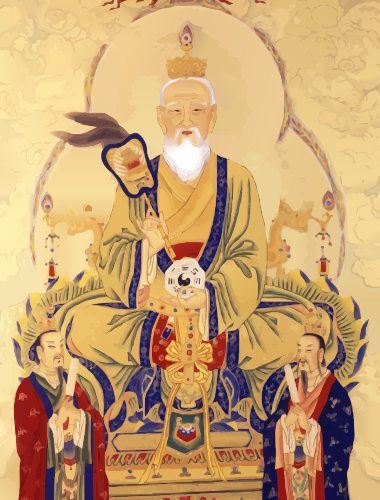
The cultivation goal of Daoist beliefs
Attention is drawn to the weaknesses and immediate issues faced by the practitioner. Instead of focusing solely on building physical or mental strength, the focus shifts towards eradicating vulnerabilities. This stance reflects a thorough appreciation that true total health results not only from enhancing strengths, but also from addressing and removing flaws.
The practice recognizes that weaknesses, whether they be physical, mental, or emotional, can hinder one's progress and overall state of being. Practitioners can actively work on rectifying these weaknesses by emphasizing them. This requires a more nuanced approach, one that sees progress as the outcome of a well-rounded combination:
Reducing flaws while leveraging assets. In essence, the procedure transforms into a dual-track journey. While it's important to nurture strengths, it's equally important to address and fix weaknesses. A more harmonious integration of the physical self, emotional well-being, and mental clarity is achieved through this approach.
As practitioners undertake this path, they not only build a resilient foundation but also unlock a profound connection between their vulnerabilities and strengths. The ultimate objective transcends the mere absence of weaknesses; it strives to cultivate a state of equilibrium wherein strengths shine brightly, weaknesses dissipate, and the practitioner's entire being resonates with a profound sense of wholeness.
Cultivating Jing Essence
The practice of Zhan Zhuang, a form of Chinese martial arts and Qigong, involves maintaining static postures to cultivate “Jing,” the vital energy or life force. It is believed that this will enhance physical strength, internal power, balance, and energy circulation. The meditative aspect has the potential to alleviate stress and enhance the connection between the mind and body. While rooted in tradition, scientific support varies, and individual experiences vary. It is recommended that you seek guidance through our personal coaching service on Discord.
Learn more about Zhan Zhuang:
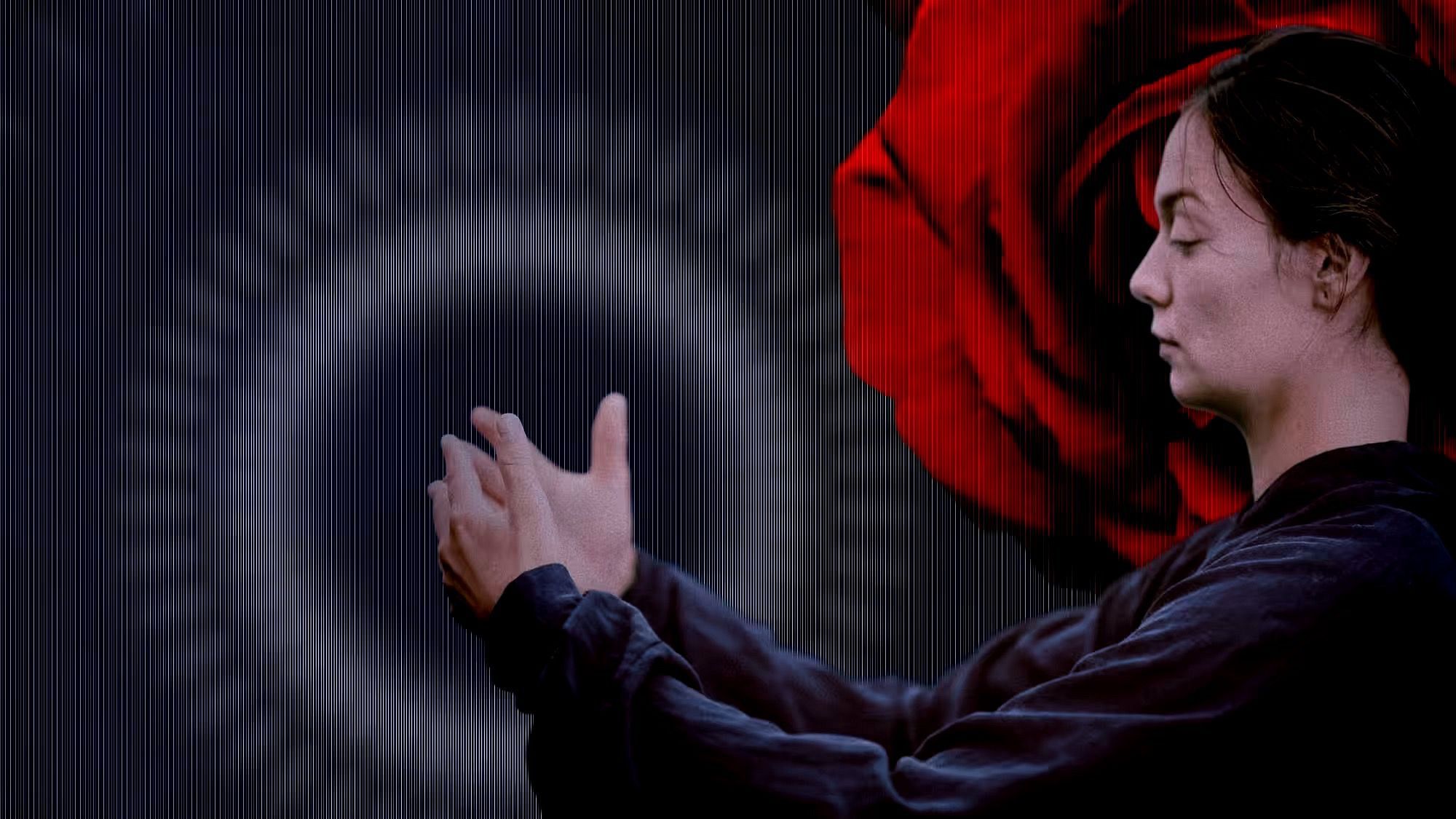
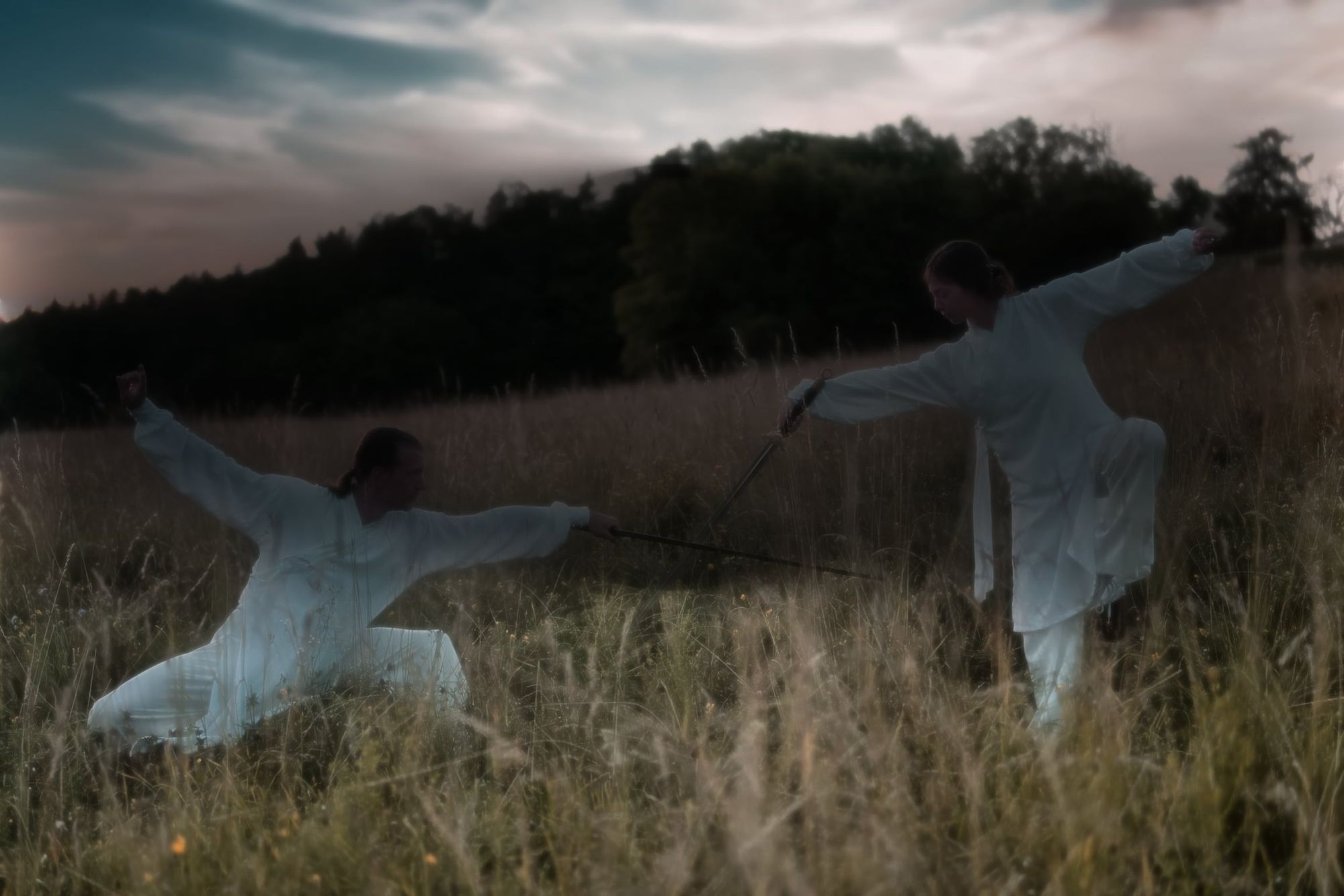
Receive Instructions on Discord
The Founder & Scholar plan includes personal coaching on Discord!
I want to subscribe!Conventional Guide to Start Internal Practice
The key to success in Wuxing, Baduanjing, or Zhan Zhuang is to maintain consistency. It is advisable to establish a consistent routine that includes a fixed timing, rhythm, and, ideally, a consistent location. This routine should develop into a habit, as habits shape our way of life.
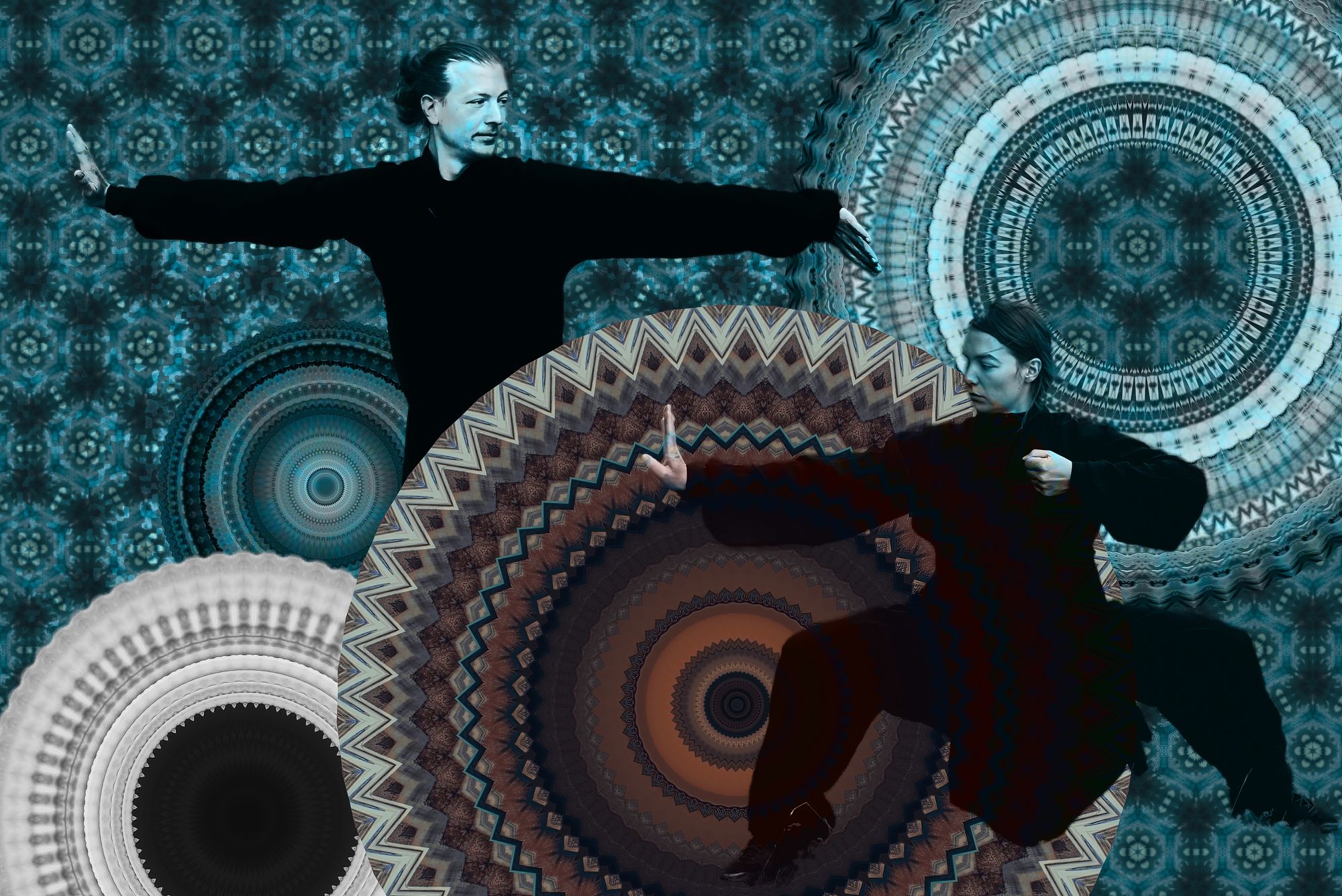
Ⅰ. Start doing stretches as part of your routine to make sure you get used to doing the basic positions needed for Wuxing Qigong. Make a daily commitment to practising these positions. When starting out, flexibility tends to be a primary focus for many individuals to improve the overall training efficiency.
Ⅱ. Make sure you eat plenty of red fruits and veggies, avoiding processed foods and dairy products. The goal is to lower inflammation, fostering an environment that enables your body to swiftly recuperate and bolster itself. Make sure to eat healthy oils and include them in your diet. Oils are important for keeping your organs working well and reducing stress in your body.
Ⅲ. Embrace your physical form without worrying. Provide it with challenges and encourage yourself to give your training your utmost effort. This approach ensures your advancement and fosters a deeper connection with your physical body. Allow yourself the necessary intervals of rest, yet maintain your steadfastness and consistently align it with your practice.
Ⅳ. When the physical body gains strength, the mental faculties can allocate space for relaxation and contemplation. This stage of development allows one to harness the body's power resources and attain sharper mental concentration. During this journey, the cultivation of Jing becomes possible, leading to an elevated understanding of one's existence.
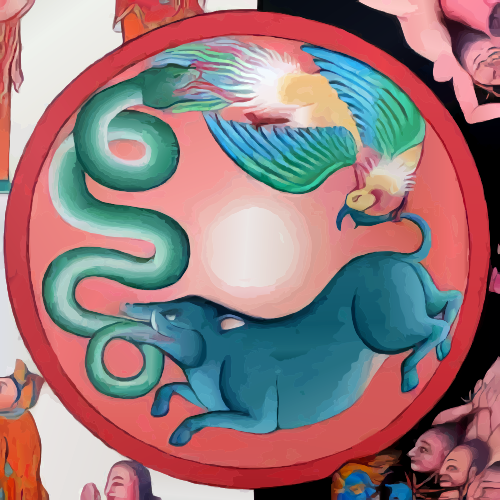
Healing the Mind of the Three Poisons
The final practice involves healing or calming the mind. One fundamental concept within Daoism pertains to the concept of the “Three Poisons.” These poisons are not physical toxins but rather negative mental states that can hinder our spiritual progress and well-being.
The Three Poisons are:
Greed (Attachment)💸
An excessive desire for material possessions, sensory pleasures, or outcomes is called greed. It's hard to get away from cravings, which often leads to discontent and suffering. Daoism teaches us that true contentment comes from being in tune with nature, rather than constantly seeking satisfaction from outside sources.
Hatred (Aversion)💢
Hatred encompasses emotions such as anger, resentment, and animosity. It comes up when we resist or reject situations, people, or even parts of ourselves, etc. Daoism emphasizes the significance of releasing negative emotions, as they disrupt our inner peace and hinder our connection with the Dao, the fundamental principle of existence.
Delusion (Ignorance)🔒
A false sense of reality or ignorance is a lack of awareness of the true nature of things. Confusion, misunderstanding and misguided actions are caused by it. Daoism encourages us to seek clarity, acknowledging that the path to wisdom begins with understanding our ignorance and aiming to see beyond it.
Overcoming the Poisons
Ⅰ. Be fully present in each moment and to practice mindfulness and awareness. Recognizing the Three Poisons when they appear can begin to unravel their hold on us. This awareness lets us choose responses that match our true nature and help us live in harmony.
Ⅱ. Virtues are encouraged that counteract the Three Poisons. Compassion helps people avoid being greedy and encourages selflessness and empathy. Love and understanding combat hostility, promoting peace and forgiveness. The act of wisdom counteracts delusion, resulting in clarity and insight.
Ⅲ. To get rid of feelings of attachment and greed, Daoism suggests living a simple and modest lifestyle. If we stop chasing material wealth, we can make space for inner peace and contentment to grow.
Ⅳ. Meditation and inner alchemy are Daoist practices that can help change the mind. Meditation is a way to connect with our inner selves and quiet the mental chatter. Inner alchemy is the process of improving and purifying our inner energies. This helps us overcome the Three Poisons.
In Daoism, the journey to self-realization involves dealing with and overcoming the Three Poisons of greed, hatred, and delusion. If we focus on our thoughts, choose good qualities, make our lives easier, and do positive things, we can become more in tune with the Dao. This journey is not about getting rid of negative emotions completely, but about recognizing them and choosing a path that leads to spiritual growth and enlightenment. When we get rid of these poisons, we can live a life of deep peace, contentment, and self-awareness.

The Full Spectrum of Qigong on SageBlue!
If you are interested in learning Qigong, we feel to learn only the movements is only half of the story. Understanding the fundamental principles beneath the practise is often more beneficial than one might think, because if the connections of the practise can be drawn to their rooted concepts, with intention to practise becomes deeper and more proficient.
When learning Qigong here with us, we have put together a theoretical part with sources, and the practical guide for Wuxing Qigong, Baduanjin Qigong, and the Zhan Zhuang practice.
If you decide to become part of our online space, and if you need guidance and corrections, we offer you counselling through our Discord portal. You are never alone here!
Wuxing Qigong
Theory the Five Animal Routine is covered through the Wuxing theory of CCM! This is a really long and thorough read through one of the main concepts in Daoist thought.
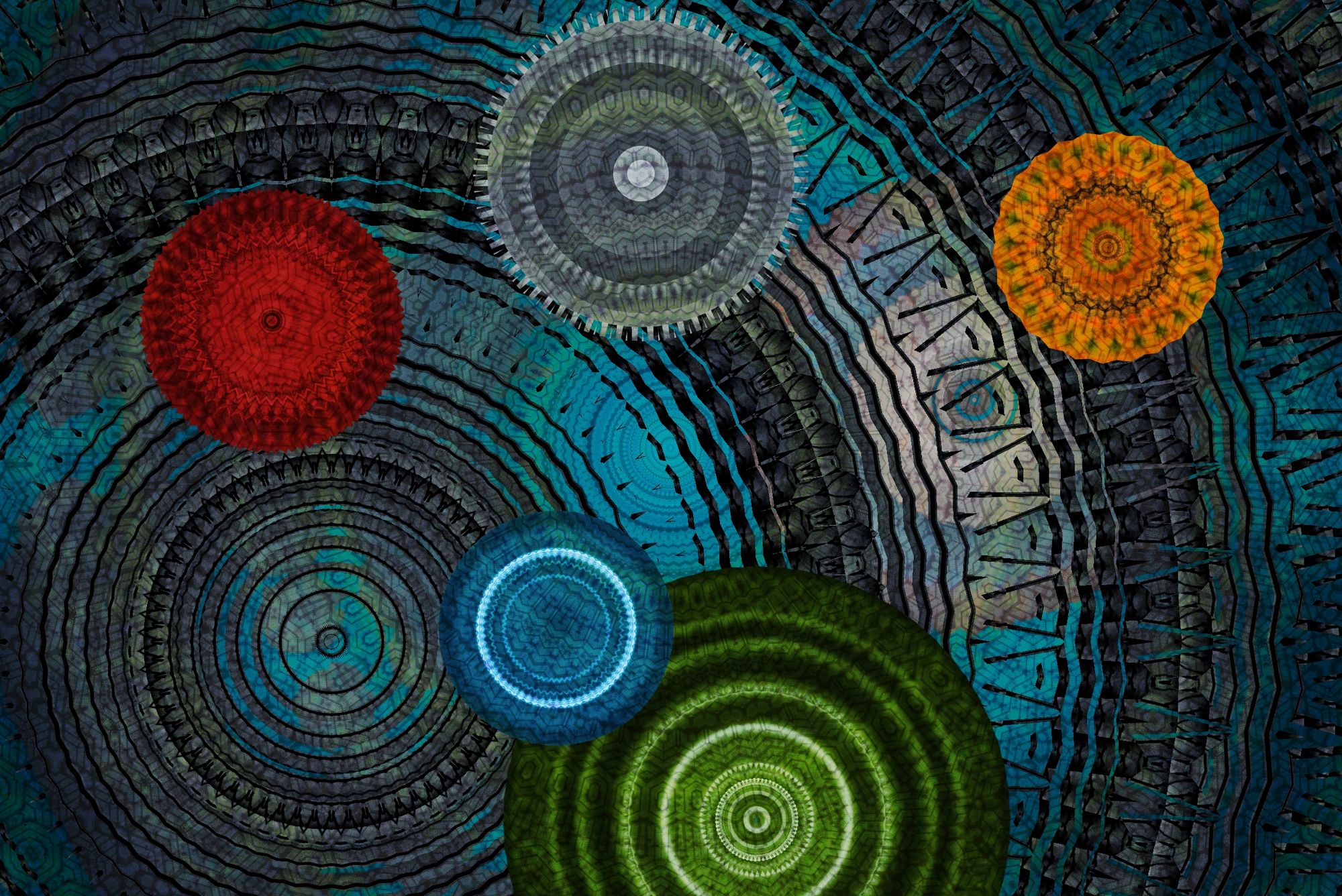
The tutorial goes through each of the movements, including a short demonstration after the explanations. Enjoy the feel of the video taken in our Austrian Alps.

Baduanjin Qigong
The theory behind Baduanjin is exclusively available here because the meaning of this particular routine is as old as the traditions of Chinese Medicine itself. The research for this has been quite a challenge, and you will benefit greatly from this if you do study the principles underlying the movements of Baduanjin Qigong!
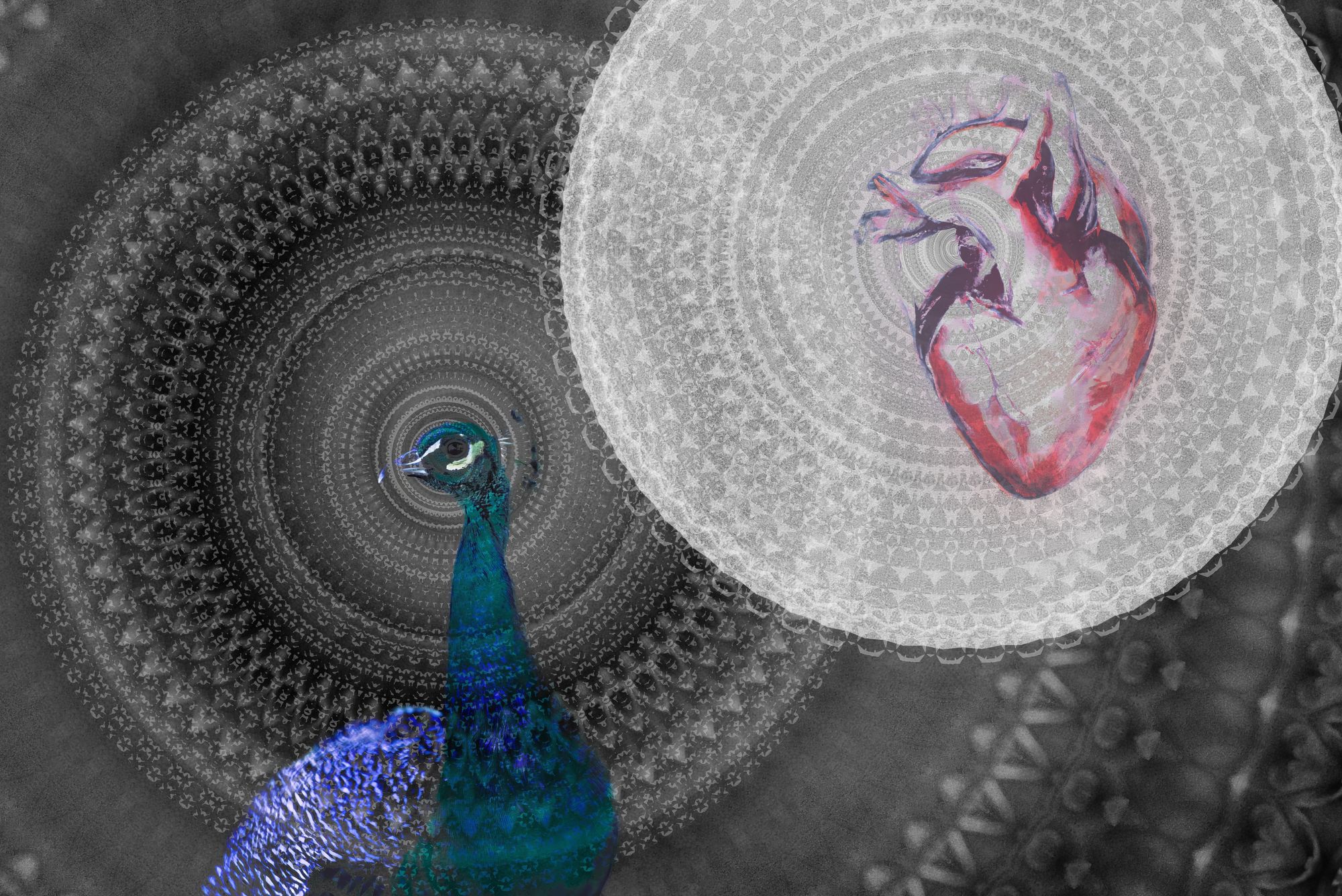
The practical videos have been filmed in our Alps in Austria – we hope you enjoy them!

Zhan Zhuang
Zhan Zhuang does fall into the Qigong section. Because the stance needs to be complemented with natural breathing and stillness.
The theoretical part goes deep into the origins and impacts of the Zhanzhuang practise.

The practical part guides you through the checkpoints, there are to find a straight posture for the posture. It explains how to self correct and why.
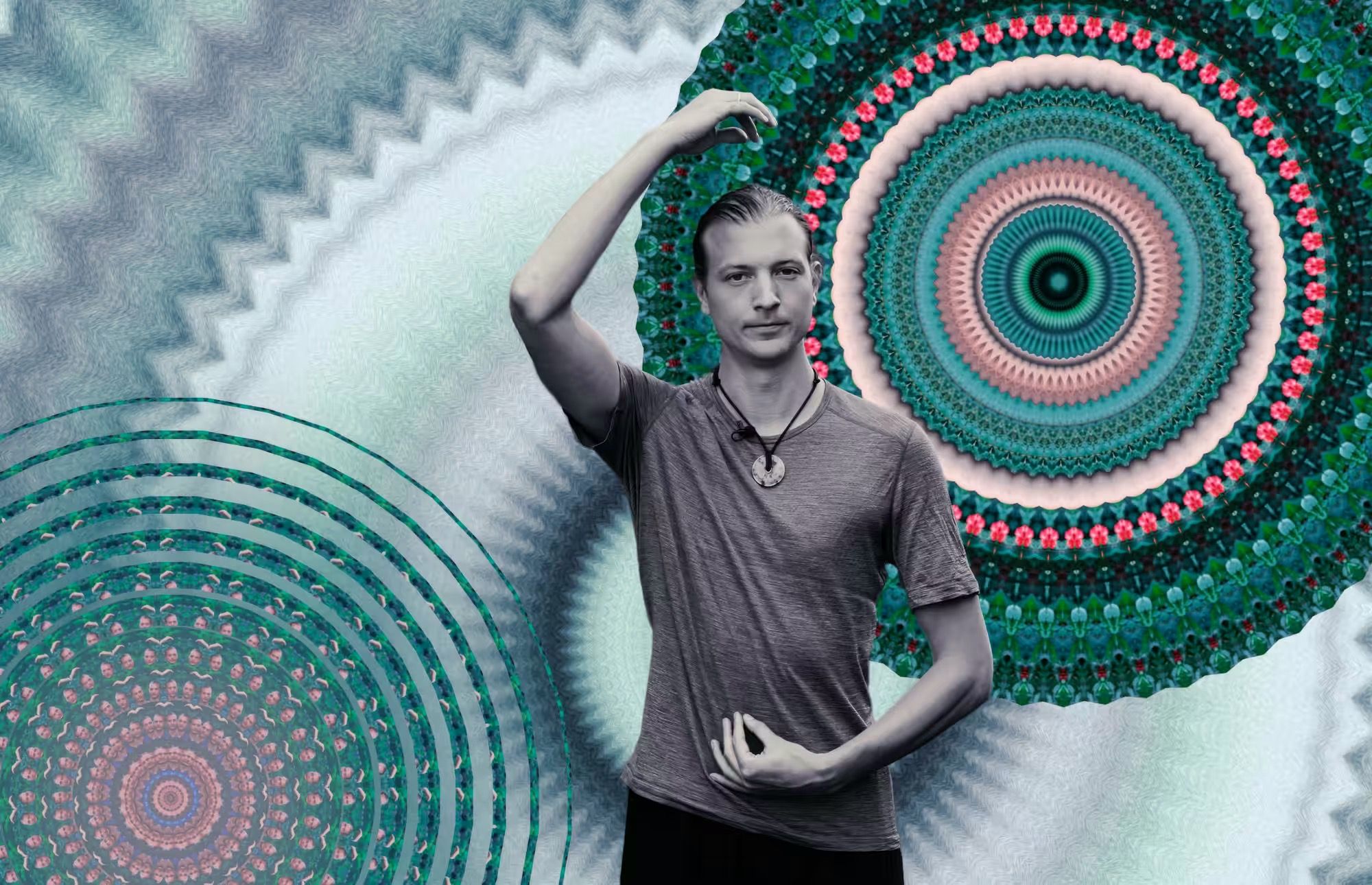
Ready?
Become part of something Be(YOU)tiful!
This is something that has never been here before. An artistic platform to study the old arts. We are here to explain everything, well researched, demystified and aiming at connecting the roots of these old traditions. Knowledge shouldn't be exclusive. It is our heritage!
Count me in!

